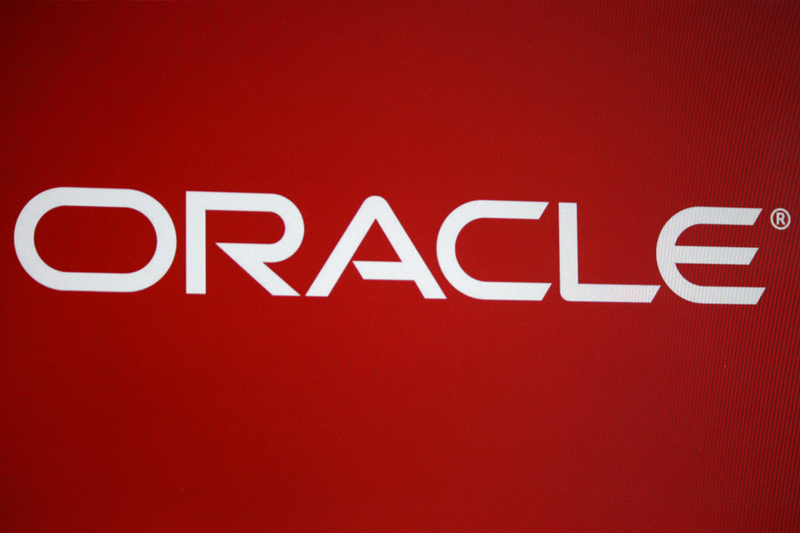The advent of blockchain technology has revolutionized several industries, ranging from finance (DeFi) and gaming (GameFi) to Web2 brands such as Nike (NYSE:NKE) for digital fashion and Starbucks (NASDAQ:SBUX) for Web3 customer loyalty. However, one area that has remained essentially unchanged is physical infrastructure.
Traditionally, the deployment and management of physical infrastructure, such as telecom networks, cloud services, mobility networks and power grids, have been dominated by large corporations due to their enormous capital requirements and logistical challenges.
- Physical infrastructure network: DePIN networks require physical infrastructure to operate. That can be anything from vehicles for mobility networks, solar panels and batteries for energy networks, hotspots and routers for wireless networks, or servers for cloud networks.
- Off-chain compute infrastructure: DePIN relies on middleware connecting physical and blockchain worlds. User real-world activities are accounted for in their reward calculator and distribution. In addition, these data can be aggregated for on-chain use cases, such as data proofs for smart contracts and decentralized data marketplaces.
- Blockchain architecture: Each DePIN network interacts with blockchain architecture that contains smart contract logic. This blockchain network acts as a ledger, rewarding transactions and other value exchanges between network members, such as purchasing broadband access from someone renting out their router.
- Token Incentives: Supply-side participants are incentivized to join and contribute to the network through token rewards. These tokens act as a subsidy to supply-side participants, allowing them to build out the network before it generates sustainable fees from demand-side usage.
Raullen Chai is the co-founder and CEO of IoTeX. He previously worked for companies including Google (NASDAQ:GOOGL), Uber (NYSE:UBER) and Oracle (NYSE:ORCL). He holds a Ph.D. from the University of Waterloo, where his research focused on designing and analyzing lightweight ciphers and IoT authentication protocols. At Google, he led many important security initiatives for its technical infrastructure, including mitigation of SSL attacks, privacy-preserving SSL offloading and enabling certificate transparency for all Google services. He was also the founding engineer of Google Cloud Load Balancer, which now serves thousands of cloud services, with 1-million-plus queries per second.
Andrew Law is a research scientist at IoTeX, where he does in-depth scientific research into Internet of Things (IoT), blockchain and Web3 applications. He worked previously as an application engineer for EvapTech in Malaysia, and holds a Ph.D. in industrial and systems engineering from Virginia Tech.
